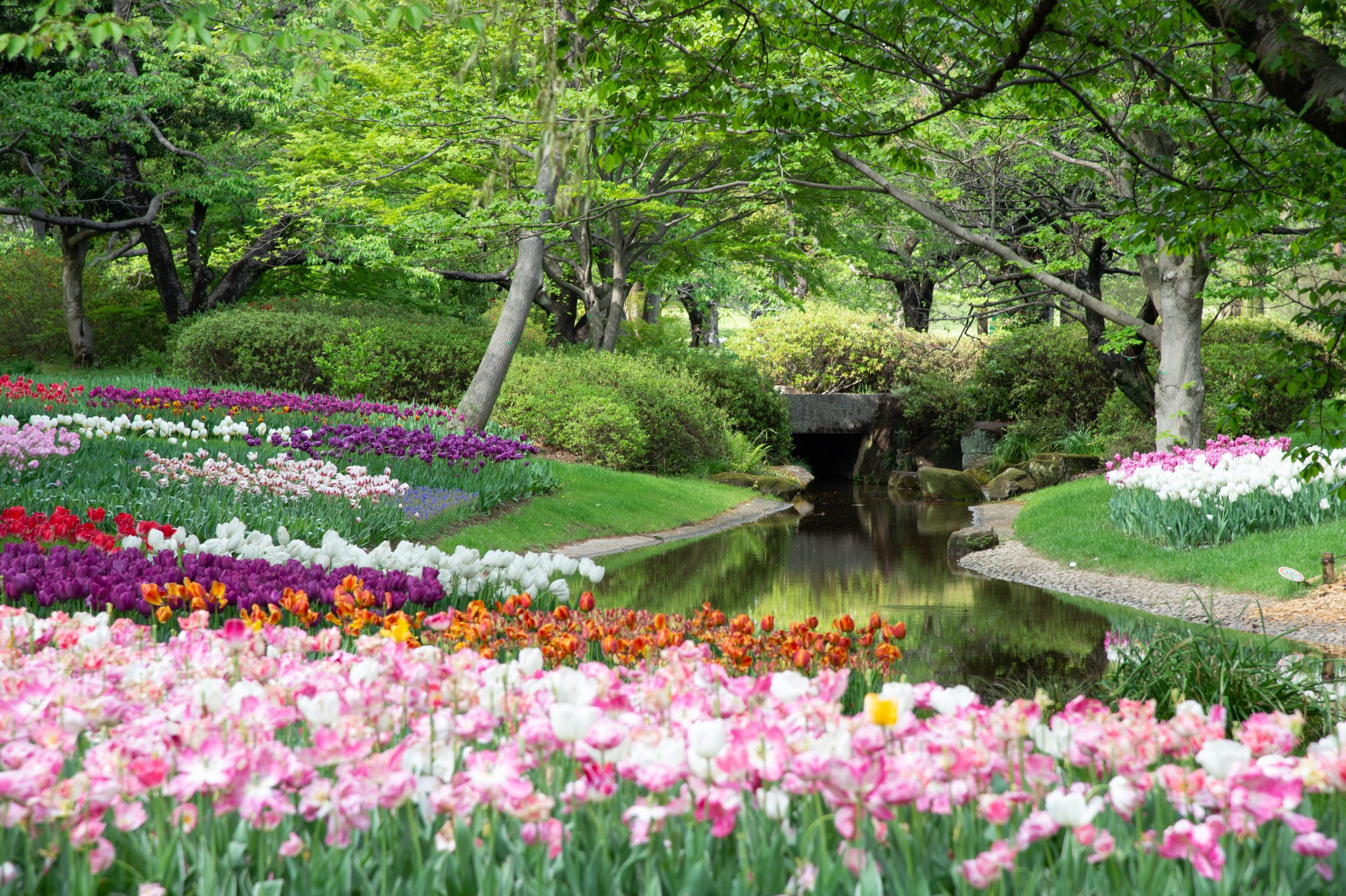1. Why Pollinator-Friendly Gardens are Important
Pollinators, such as bees, butterflies, and hummingbirds, play a crucial role in our ecosystem. They help pollinate plants, which in turn produce fruits, vegetables, and seeds that are essential for our food supply. Unfortunately, pollinators are facing numerous threats, including habitat loss, pesticide use, and climate change. By creating a pollinator-friendly garden, you can help provide a safe haven for these important creatures and contribute to the health of our environment.
2. Factors to Consider When Choosing Plants for a Pollinator-Friendly Garden
When selecting plants for a pollinator-friendly garden, there are several factors to consider. First, choose plants that are native to your region. Native plants are adapted to the local climate and soil conditions, making them more resilient and better able to support local pollinators. Second, choose plants that bloom at different times throughout the growing season. This will provide a continuous source of nectar and pollen for pollinators. Third, choose plants with a variety of flower shapes and colors. Different pollinators are attracted to different types of flowers, so a diverse selection will attract a wider range of pollinators.
3. Top Pollinator-Friendly Plants to Consider for Your Garden
There are many plants that are attractive to pollinators. Here are some top choices to consider for your pollinator-friendly garden:
– Milkweed: This native plant is essential for monarch butterflies, which rely on it as a host plant for their larvae.
– Bee balm: This plant produces showy flowers in shades of pink, red, and purple that are attractive to bees, butterflies, and hummingbirds.
– Coneflower: This plant produces large, daisy-like flowers in shades of pink, purple, and white that are attractive to bees and butterflies.
– Goldenrod: This plant produces bright yellow flowers that are attractive to bees and butterflies in the late summer and fall.
– Lavender: This fragrant plant produces spikes of purple flowers that are attractive to bees and butterflies.
4. Tips for Maintaining a Pollinator-Friendly Garden
Maintaining a pollinator-friendly garden requires some effort, but it is well worth it. Here are some tips to help you keep your garden healthy and attractive to pollinators:
– Avoid using pesticides and herbicides, which can harm pollinators.
– Provide a source of water, such as a shallow dish or birdbath, for pollinators to drink from.
– Deadhead spent flowers regularly to encourage new growth and prolong the blooming season.
– Mulch around plants to help retain moisture and suppress weeds.
– Consider planting a variety of plants in containers to provide additional habitat for pollinators.
In conclusion, creating a pollinator-friendly garden is a great way to support local pollinators and contribute to the health of our environment. By choosing native plants that bloom at different times throughout the growing season and providing a variety of flower shapes and colors, you can attract a wide range of pollinators to your garden. With a little effort, you can maintain a healthy and attractive garden that benefits both you and the pollinators that call it home.




